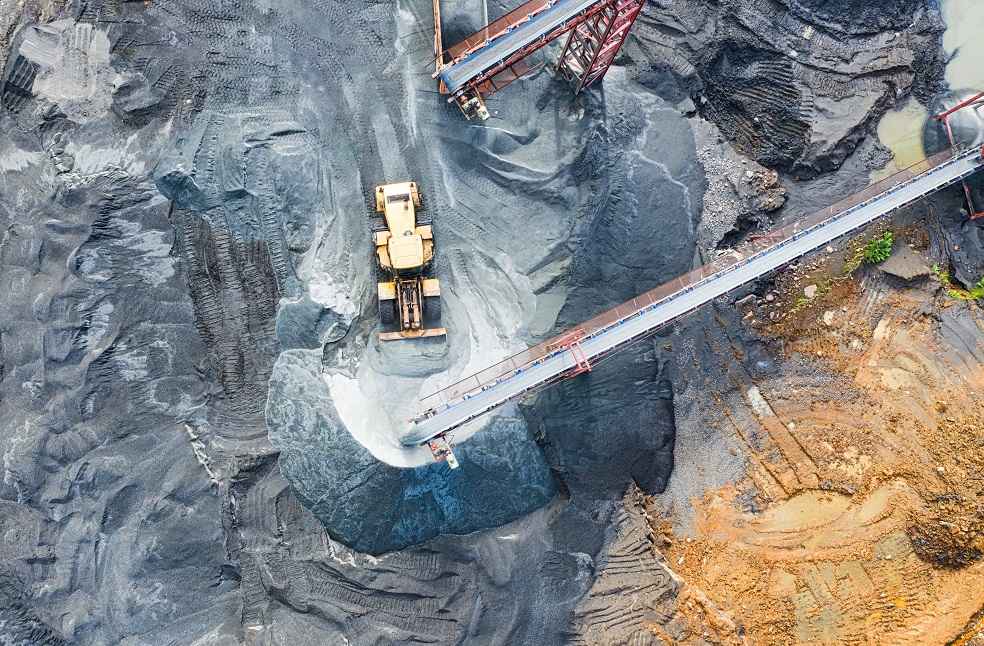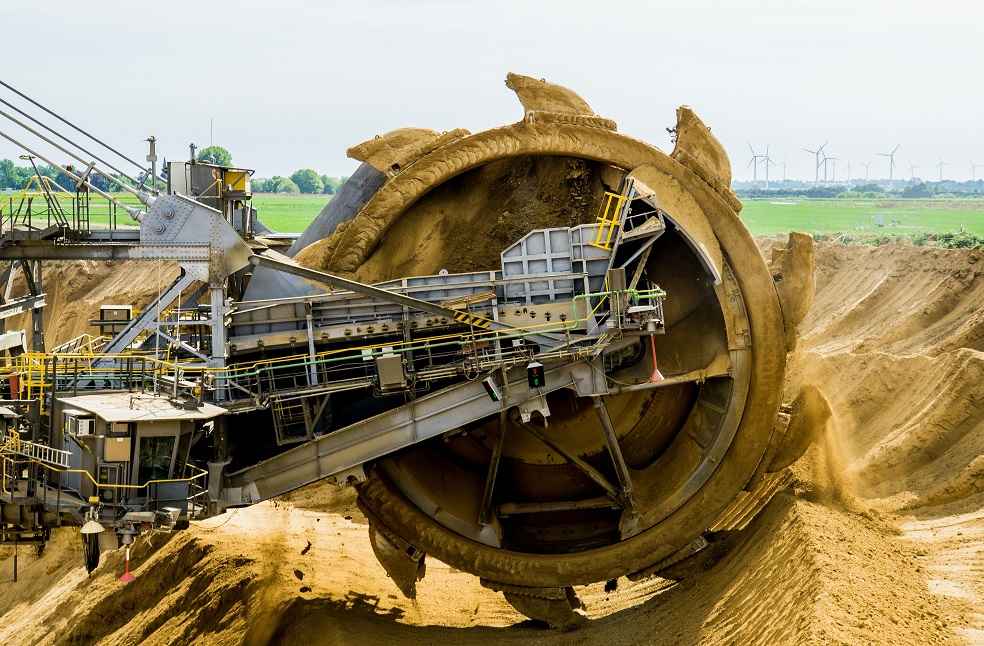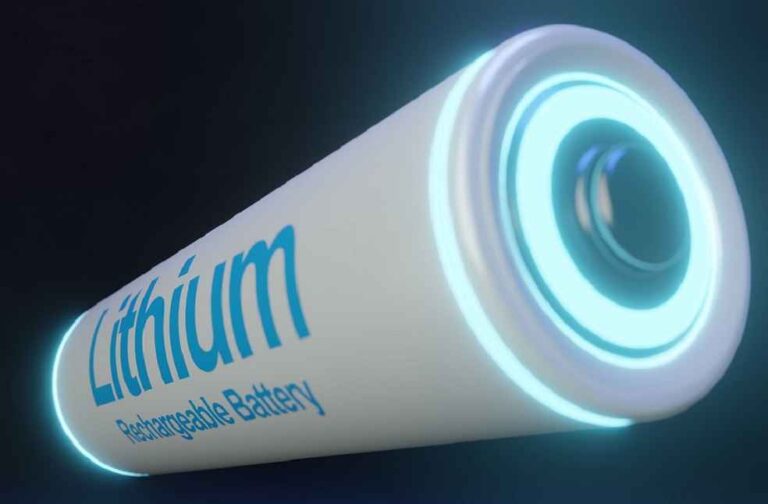“The ‘China Lithium Mining Boom’ is shaping the global landscape as the world shifts toward green energy and electric vehicles (EVs). As the demand for lithium – a crucial battery component – is skyrocketing, the burgeoning lithium industry is grappling with environmental damage and unregulated mining. The ‘lithium rush’ in China has triggered government intervention to manage these associated challenges.
Lithium Prices Skyrocket as Demand Surges
Lithium, dubbed ‘white gold’, is indispensable in EV batteries. With no economically viable alternative, lithium prices have soared in tandem with the rapid EV industry expansion. In January 2021, battery-grade lithium carbonate cost between 40,000–60,000 yuan (US$5,600–8,400) per tonne. By the end of 2022, the price had escalated ten-fold, exceeding 500,000 yuan per tonne.

The city of Yichun in Jiangxi province exemplifies China’s lithium rush. Proposed as the “lithium capital of Asia” in 2008, Yichun seized the opportunity brought by soaring prices. However, unregulated mining and metal processing led to pollution scares and environmental damage.
Govt Cracks Down on Unregulated Mining
Responding to the growing environmental concerns, in February 2023, the central government dispatched a cross-departmental team to Yichun. Uncontrolled lithium mining and processing were halted, paving the way for regulated production. Subsequently, the Ministry of Natural Resources greenlit two lithium mining projects in Sichuan and Qinghai provinces.
While China is a global leader in EV battery production and the world’s largest supplier of lithium compounds, it still heavily relies on imports due to insufficient domestic supply of upstream lithium raw materials. As the international market grows wary of Chinese investments amid geopolitical headwinds, Chinese lithium companies face the pressing need to consider the environmental, resource, and social impacts of their operations.
The ‘White Gold’ Rush

Lithium’s strategic value lies in its uneven global distribution and insecure supplies. Traditionally used in ceramics and glassmaking, lithium now fuels the EV batteries, consumer electronics, and energy-storage systems. Global lithium production surpassed the 100,000-tonne mark for the first time in 2021, with 74% destined for batteries. The International Energy Agency predicts that demand will soar 40 times higher than 2020 levels by 2040, outpacing other critical minerals.
Despite China’s global lithium hub status, it faces resource and environmental concerns. The country relies on imports for about 65% of its supply, primarily used by its battery manufacturers who constitute half of the global market. To secure supply, Chinese firms have ventured overseas, investing in lithium mines in Africa and brines in South America.
The Dark Side of Lithium Mining

Lithium extraction from ore deposits and brines comes with significant environmental impact. Disorderly mining and trading in Yichun led to a thallium pollution incident in November 2022. Waste-handling, recycling, and reuse present additional challenges.
Lithium extraction from brines, mostly located in Bolivia, Chile, and Argentina’s “lithium triangle”, requires massive amounts of water and electricity. This extraction method can have detrimental impacts on local water resources and ecosystems. Chinese firm Ganfeng Lithium faced controversy over a brine project in the Argentine province of Jujuy due to concerns over the potential ecological impact and threats to local livelihoods.
Toward a Greener Lithium Industry
While lithium extraction presents environmental challenges, many firms have started exploring cleaner and more efficient technologies. US-based company Livent has reportedly reduced its freshwater requirement in lithium production significantly. Moreover, companies are turning to renewable energy to power their.’,
GLOBAL ROUNDUP: Aluminium Will Dominate the EV And Hydrogen Fuel Era



